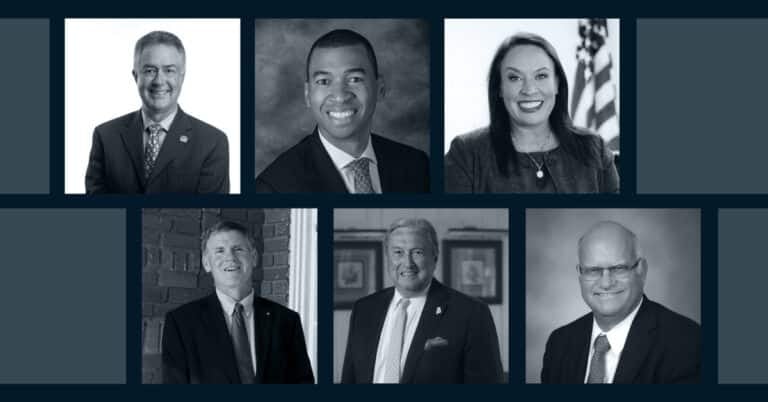Standout companies are those investing deeply in their people, culture and hiring practices. Creating a “Great Place to Work” means more than just offering a job—it’s about building a community, focusing on growth and aligning values between employer and employee. Drawing from the experiences of local organizations across industries, here are a few of the core principles that define a workplace where people thrive.
Hiring for Impact with Inclusivity and Intentionality
Finding the right talent starts with how you search for candidates. Successful organizations combine multiple approaches to connect with the best people. Attending local career fairs, engaging directly with the community and posting openings on diverse job boards are common tactics. Leveraging professional platforms like LinkedIn, Indeed and social media expands reach, while partnerships with universities, workforce programs and professional associations create pipelines for both entry-level and seasoned professionals.
Miranda Damron, an HR Specialist for MAX Credit Union said, “We’re actively working to find candidates by attending local career fairs, posting on a variety of job boards, exploring platforms like LinkedIn and engaging directly with our community to connect with potential talent.”
“What really sets a candidate apart is a combination of relevant experience and a positive attitude that reflects a willingness to grow and contribute to our team culture,” said Damron.
Leslie Meadows, Chief Human Resources Officer for Auburn University at Montgomery (AUM), said, “We host career fairs and invite potential candidates to our campus, where they can interact directly with our hiring managers and learn more about the opportunities available.”
Warren Averett focuses their internal recruitment team on finding rare gems. Kelly Cochran, Director of Human Resources at Warren Averett said, “Candidates often distinguish themselves in various ways for different roles within the firm, but one who demonstrates qualities that reflect our core values such as entrepreneurship, passion and a team mindset truly stand out to our team. Key factors we also consider include experience and relevant qualifications, as well as the candidate’s career goals and interests.”
“We aim to find that rare gem who isn’t looking for a new job but can’t resist all we have to offer!” said Cochran.
Tailoring Strategic and Personalized Talent Assessments
Great workplaces invest in thorough, tailored hiring processes that evaluate not only skills but also cultural fit and potential for growth. Interviews typically include structured behavioral questions, skills assessments and job simulations or role-specific testing, where relevant. These methods give candidates the chance to demonstrate their abilities in realistic scenarios.
Poarch Creek Indians shared insight into their specified hiring process. “All Tribal Government candidates must undergo mandatory pre-employment drug and alcohol testing, and certain positions may require additional skills testing—such as computer proficiency or role-specific assessments—to ensure candidates are well-prepared to meet job expectation.”
At AUM, they believe in providing candidates with a realistic job preview. Meadows said, “Simulated exercises, presentations and interactive problem-solving activities allow candidates to demonstrate their competency while engaging with current employees and students in a compelling way.”
Similarly, Damron said, “For some positions, we also include job-related testing to evaluate technical abilities. Our goal is to ensure candidates not only have the right skills but also align with our values and culture.”
Finding the Right Fit Beyond the Resumé
The best candidates don’t just have the right skills—they embody the company’s core values and culture. Hiring teams look for individuals who demonstrate strong communication skills, adaptability and a commitment to service. Genuine interest in community involvement and a positive attitude that reflects eagerness to grow are highly valued.
A recurring theme is the balance between technical expertise and interpersonal skills. “When we talk about GPA and technical skills, I sometimes make the comment about us looking for a ‘blend of brilliance and personality,’” said Lisa McKissick, SPHR, Chief Human Resources Officer for Jackson Thornton. “The interaction with clients and collaboration with team members are very important aspects in almost all of our positions. Someone stands out who demonstrates strong listening skills and communication skills – both verbal and written.”
Long-term commitment is another factor that elevates candidates. Organizations prefer professionals who see a career path within the company rather than hopping from job to job.
“We strive to work with individuals to identify their strengths and focus their efforts on what they enjoy most. If we enjoy what we do, we are more likely to excel!” said McKissick.
Empowering Employees to Grow and Thrive
Great Places to Work don’t just hire talent—they nurture it. Continuous learning and professional development are fundamental to thriving in dynamic industries. Candidates who demonstrate a strong desire to learn and grow resonate with hiring teams.
Patrick Kurdziel, Plant Manager for DAS North America, said, “Experienced professionals stand out by demonstrating not only their technical expertise but also their ability to adapt, innovate and contribute to a team dynamic.”
“Strong candidates showcase a track record of results, problem-solving skills and leadership capabilities, particularly in managing change,” said Kurdziel.
Internships and hands-on experiences are also powerful tools for growth, providing new employees a window into company culture and job expectations, while allowing teams to evaluate candidate potential.
Jackson Thornton prioritizes hiring from within and emphasizes that internship programs serve as valuable testing grounds, offering hands-on experience and mutual evaluation between candidates and teams. “They are able to experience the hands-on work of an entry-level Associate. They also get to meet potential future team members and learn about our culture, and we get to see if they demonstrate the communication skills and client service skills in addition to the technical abilities,” said McKissick.
Building a Culture of Teamwork and Transparency
Transparency and collaboration underpin a positive workplace culture. Being upfront about job expectations, challenges and workplace realities helps build trust from the start. Candidates appreciate honest conversations that allow them to determine if the opportunity is the right fit for both sides.
McKissick said, “We don’t ever want someone to say after a few months, ‘This isn’t what I thought it was going to be.’” The interview process is about both parties finding the right fit. This open approach fosters mutual respect and reduces turnover.
Creating a Great Place to Work is a multi-faceted effort grounded in intentional recruitment, comprehensive assessments, cultural alignment, ongoing development and transparent communication. The organizations that excel are those that recognize their people are their most important asset and invest in building environments where individuals can flourish both professionally and personally.







